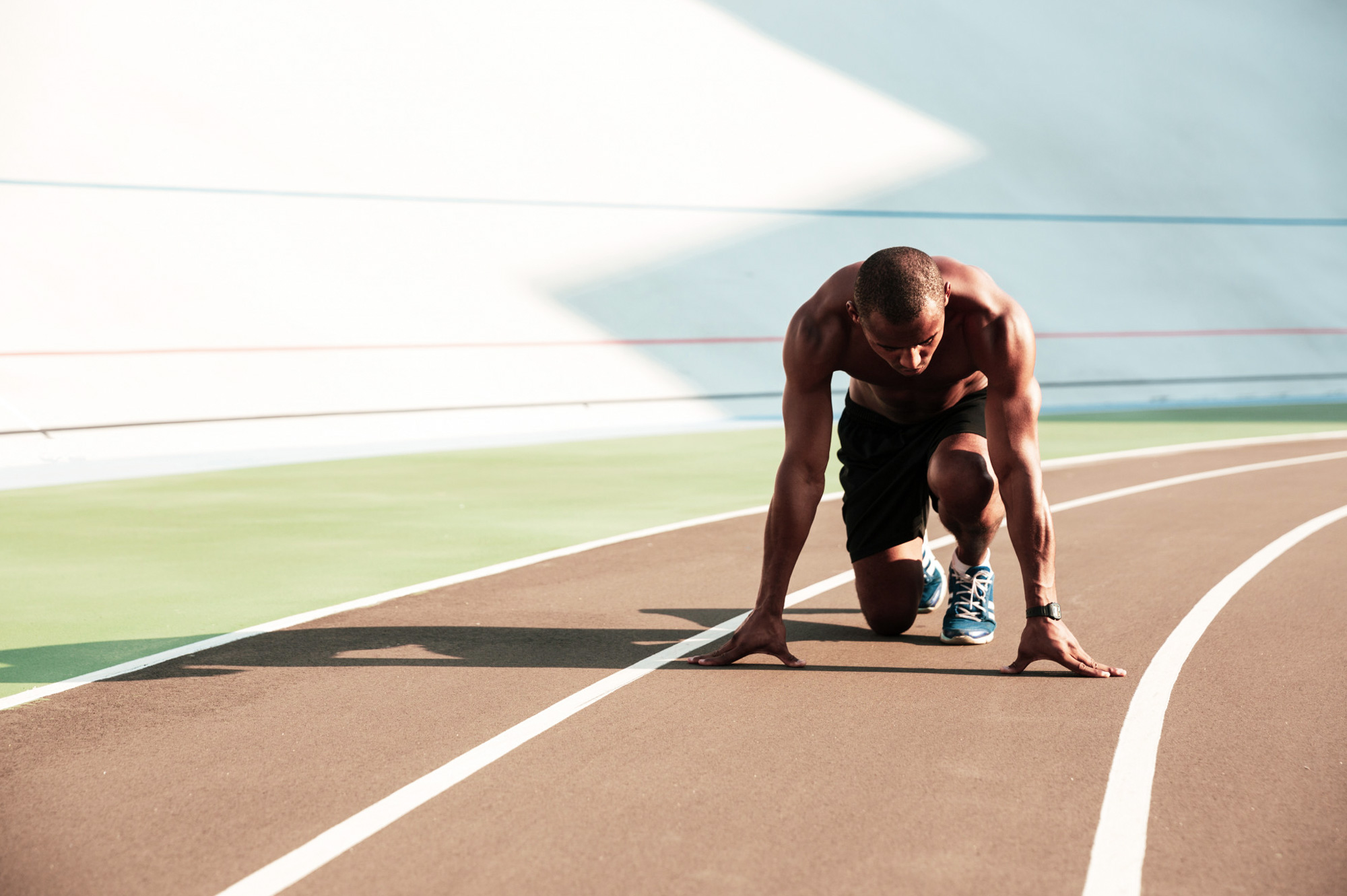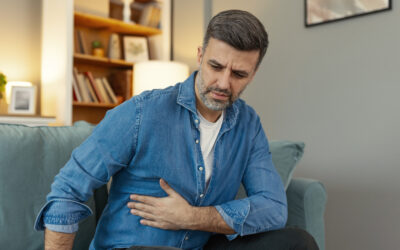The term “sports injury” is a bit of a misnomer. While athletes certainly do experience sports related injuries, they can actually happen to anyone participating in any sort of activity. They are classified as the group of injuries that happen most commonly during sports or exercise.
The majority of sports injuries happen to the musculoskeletal system. This system makes up the muscles, bones, cartilage, tendons and ligaments in your body. Its job is to provide structure and support as well as protecting your organs for damage and injury.1
There are two categories; acute and chronic injuries. Acute injuries come from sudden falls, twists, or blows, while chronic injuries develop over time from wear and tear. Acute injuries include dislocations, breaks, sprains and chronic injuries can be stress fractures, shin splints and tendonitis.2
Common types of sports injuries
- Bone fractures- cracks in the bone caused by stress or a blow or fall.
- Strains- a twist, pull, or tear of a muscle or tendon that can come from direct contact or repeating the same motion over and over.
- Sprains- the stretching or tearing of ligaments that comes from a blow or fall that pulls the joint out of place.
- Tendinitis- the inflammation of a tendon, usually caused by overuse and repetitive motion, like tennis elbow.
- Ruptures or tears- where a ligament, tendon or muscle detaches or is torn. Some of the most common are ACL tears in the knee, rotator cuff and achilles tendon. A tear in a ligament or tendon can vary, including minor tears that can cause bigger problems later, or even complete detachments.
Current treatments
Current treatment for sports injuries vary in severity. For more severe injuries like tears, dislocations or breaks, treatment will typically involve health care interventions like casting, splinting or resetting the injury. In the most severe cases, surgery may be needed to repair the torn area or reset and stabilize a bone.
While current treatments are effective at treating the initial damage, there are often lingering issues post injury, in the form of pain, mobility and risk of reinjury. This is especially true as we get older. As we age, our tendons and ligaments get stiffer, making recovery even more difficult. And most of our conventional treatments don’t have methods to address this physical change.
Thankfully, new technologies using stem cells are emerging as a promising treatment to treat sports related injuries. These potent cells are able to transform into any cell they attach to, making them very valuable in regenerative medicine. There are several different types of stem cells and mesenchymal stem cells (MSCs) appear to be some of the most beneficial due to their anti-inflammatory properties, ability to repair damaged cells and low likelihood of triggering an immune response.
What are UC-MSCs
Stem cells form the fundamental cellular base of the body, acting as a master key for all other cell types. Their role is to replace cells that are dying and to repair tissues that are damaged. When we’re born, we have a store of stem cells that are used to support these processes over our lifetimes.
MSCs are particularly noteworthy due to their numerous abilities. They can transform into a range of cells such as bone, cartilage, and fat, and have the ability to self-renew, ensuring their population remains stable over time. This is essential for therapeutic applications and cellular regeneration.3
MSCs are found in three main places in the body; bone marrow, umbilical cord blood, and adipose tissue. Umbilical cord MSCs (UC-MSCs) have generally demonstrated to be the most effective compared to other types. They grow more rapidly and can transform into the three primary layers of cells, playing a vital role in tissue repair.4
Furthermore, UC-MSCs offer several additional advantages. They can be easily collected, present lower risks of infection and tumor formation, have the potential to develop into various cell types, and are less likely to provoke immune reactions. These qualities, along with their ethical acceptability, make UC-MSCs a highly promising option in a range of clinical contexts.
How UC-MSCs can help with sports injuries
Sports medicine is a complex area of medicine that involves an understanding of how different tissues and joints work. Because of their versatility, MSCs have been gaining popularity in research and in the clinic as a potential therapy for sports injury recovery.
In one clinical study, 12 participants with torn posterior cruciate ligament (PCL) in their knees were injected with MSC secretome using an arthroscopic technique. Secretome is a special medium made up of the components released by cultured stem cells. Researchers found that functional knee scores and hopping scores addressing knee strength were both significantly improved from before treatment. Additionally, according to MRI analysis, 6 patients had fully repaired PLCs and 5 were nearly fully repaired and nine participants were able to return to sport within 32.75 weeks.5
Rotator cuff injuries are some of the most common injuries and some of the most painful. UC-MSCs have shown promise in repairing rotator cuff injuries in a rat model. Rats with damaged rotator cuffs were injected with either UC-MSCs or saline. The group given UC-MSCs had visibly improved tendon thickness, inflammation levels, injury size, surrounding connective tissue and fiber structure. In terms of physical outcomes, the UC-MSC group had significantly improved stiffness and failure load, which is their ability to hold weight. While these results are in a rat model, the evidence is promising for UC-MSCs ability to regenerate rotator cuff damage in a clinical population.6
More generally, recent advancements in stem cell therapy have opened up several promising uses for orthopedic and sports medicine applications. These include gaining a better understanding of how stem cells work, innovative therapies including using MSCs from different sources (bone marrow, fat or umbilical tissue), and integrating stem cells into treatment to accelerate tissue healing. They also provide a more personalized approach to regenerative medicine by using the unique properties of patients stem cells to maximize their effectiveness.7
The Takeaways
In our active and aging population, we need ways to stay healthy and keep us moving even after an injury. Stem cells, and specifically MSCs are proving to be an exciting new treatment that could help support recovery from sports injury. Their diverse functionality and ease of use make them a powerful tool in the complicated world of regenerative and sports medicine. Being active is important for both our physical and mental well being and we need reliable treatments to get us back on our feet quickly and doing the sports and activities we love.
Resources
- What Is the Skeletal System? (n.d.). Cleveland Clinic. Retrieved May 16, 2024, from https://my.clevelandclinic.org/health/body/21048-skeletal-system
- Branch, N. S. C. and O. (2017, April 5). Sports Injuries. National Institute of Arthritis and Musculoskeletal and Skin Diseases; NIAMS. https://www.niams.nih.gov/health-topics/sports-injuries
- Stem Cell Basics | STEM Cell Information. National Institutes of Health. https://stemcells.nih.gov/info/basics/stc-basics
- Stem Cells: Types, What They Are & What They Do. Cleveland Clinic. https://my.clevelandclinic.org/health/body/24892-stem-cells
- Rhatomy, S., Pawitan, J., Kurniawati, T., Fiolin, J., Hadisoebroto Dilogo, I. (2022). Allogeneic umbilical cord mesenchymal stem cell conditioned medium (secretome) for treating posterior cruciate ligament rupture: a prospective single-arm study. European Journal of Orthopaedic Surgery & Traumatology. 33. 1-7. https://doi.org/10.1007/s00590-022-03278-z
- Yea, JH., Park, JK., Kim, I.J. et al. Regeneration of a full-thickness defect of rotator cuff tendon with freshly thawed umbilical cord-derived mesenchymal stem cells in a rat model. Stem Cell Res Ther 11, 387 (2020). https://doi.org/10.1186/s13287-020-01906-1
- Vaish, A. & Vaishya, R. (2024). Stem Cells in Orthopaedics and Sports Injuries: A Comprehensive Review and Future Research Directions. Journal of Orthopaedic Reports. 3. 100344. http://doi.org/10.1016/j.jorep.2024.100344




